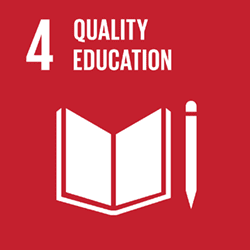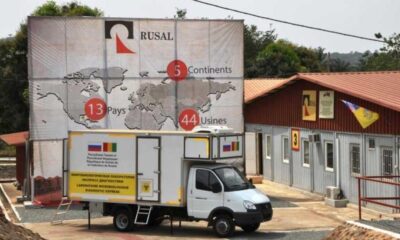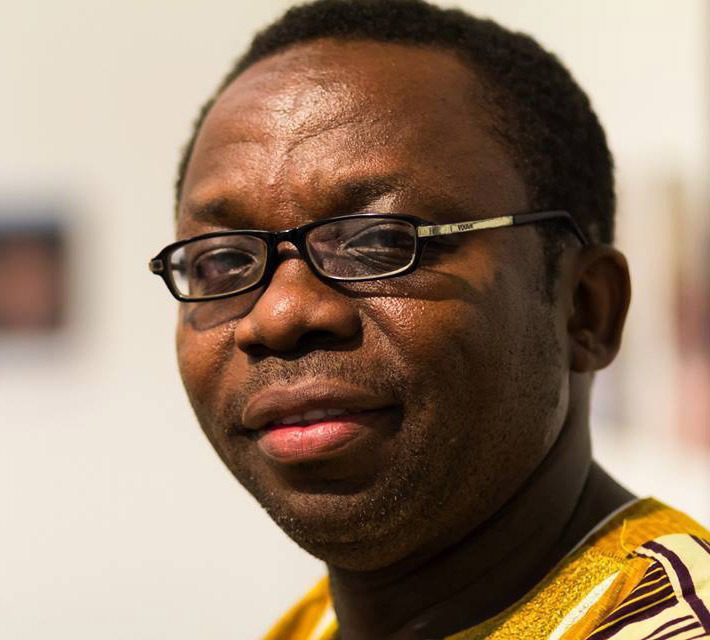Educational Issues
Education in Crisis Zones: The African story -By Odoji Oluwafemi Stephen


The Boko Haram insurgency began in 2009 when the jihadist rebel group Boko Haram started an armed rebellion against the government of Nigeria.
In 2013, over 1,000 people died as a result of the conflict. The violence escalated dramatically in 2014, with 10,849 deaths. On 15 April 2014, terrorists abducted about 276 female students from a college in Chibok in Borno state. The abduction was widely attributed to Boko Haram. It was reported that the group had taken the girls to neighboring Cameroon and Chad where they were to be sold into marriages at a price below a Dollar. The abduction of another eight girls was also reported later. These kidnappings raised public protests, with some protesters holding placards bearing the Twitter tag #BringBackOurGirls which had caught international attention. Several countries pledged support to the Nigerian government and to help their military with intelligence gathering on the whereabouts of the girls and the operational camps of Boko Haram. The insurgency spread to neighboring Cameroon, Chad, and Niger thus becoming a major regional conflict. Boko Haram has been called the world’s deadliest terrorist group, in terms of the number of people it has killed.
Introduction
The unprecedented crisis in the North-East is increasingly spilling over to affect the North-Central and the rest of Nigeria and neighboring African Countries.
As the international community grapples with the humanitarian and migratory implications, one vital and under-reported aspect of the mass displacement is a lack of access to education for millions of the Nigerian children in Northern Nigeria.
Without schooling, an entire generation will lose out on education – with serious consequences for continued mass migration, the growth of extremism and Nigeria chances of recovery once peace returns to the country.
The Problem
Schooling in the worst-affected parts of the country has become almost impossible. Most secondary schools in Borno, where the girls were kidnapped, have closed. Staggering 10m Nigerian youngsters are not in school, out of a total population of 160m, more than at the end of military rule in 1999. Most of them are girls. Instead of learning to read, young women are married off in their teens. Out-of-school boys are often recruited into terrorist ranks, perpetuating a cycle of poverty, instability and gender inequality. The cost of Nigerian children in the Northern state not returning to school could be 5.4% of Nigeria’s future GDP, blighting the country for years to come, even after it emerges from conflict of the Boko Haram . And as more and more girls and boys arrive from The Northan Nigeria on the streets of Lagos, Abuja and Port-Harcourt, new statistics show rates of child marriage among refugee girls have doubled from 10% to 21%. One recent survey estimates that a third of boys and girls displaced from their home and communities has become laborers, often working illegally in unsafe conditions.
There is a growing awareness of the urgency of the situation and the fact that every week this generation misses out on education has profound implications for Nigeria and her neighbors .The will to address the problem is there. The challenge now is to ensure that the many pledges of help are turned into reality.
The Solution
- The UN international humanitarian pledging conference for Nigeria should be held, where international contributions for food, shelter and healthcare can be sought for.
- Refugees should be enrolled in government public primary and secondary schools for evening classes for free
- Volunteer teacher should be brought into the system
Build and improving sanitary facilities and providing a source of clean water for girls to carry home after school; supporting village education committees, formed by parents, teachers, and community
- representatives to provide parents a visible role in promoting quality education to the internally displaced person
















